In regards to Second Life, it doesn’t get much bigger than the announcement made in the past few hours (Tateru Nino has an excellent summary of the announcement over at Massively).
Essentially, Linden Lab have decreed that any adults-only content on the mainland of Second Life will eventually be relocated to a new continent. For the sake of illustration, let’s call the new continent Bonk. To access Bonk you’ll need to have gone through a yet-to-be determined age verification process (probably the current one which doesn’t work that well). That’s the easy bit to explain, although that alone is an enormous change to the Second Life grid.
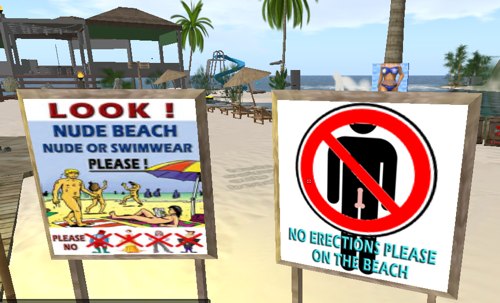
There’s a bunch of other potential implications that are yet to be clarified, but will be in coming weeks and months:
1. What’s defined as adult content?
2. Will there be exceptions made for educators – or will the childbirth simulation end up sandwiched between a nude beach and a Gorean dungeon?
3. Will we see an eventual homogenisation of the current mainland as huge amounts of adult content is transferred to the new continent?
4. Is this the next step in killing of the Second Life Teen Grid as a totally separate entity?
5. Will there be any roll-back on previous decisions around gambling and in-world finance?
6. Are Linden Lab giving another free kick to OpenSim grids who can claim greater freedom, or are they taking a necessary governance step that will actually provide a competitive advantage?
It’s all obviously conjecture and Linden Lab have promised greater definition of the process in coming weeks – what is certain is that there’s going to be lots of debate on such a fundamental change to the way Second Life operates.


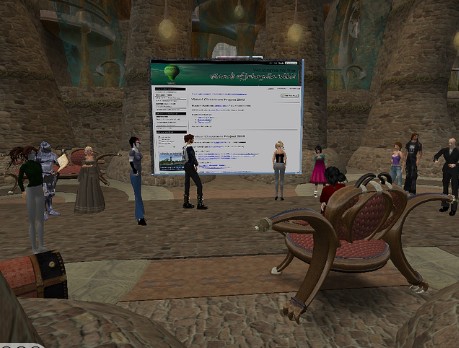
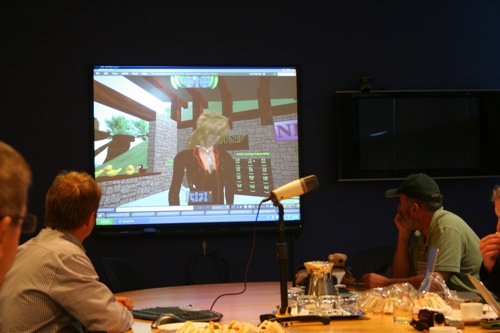

 1. Australian Second Life content developers,
1. Australian Second Life content developers, 
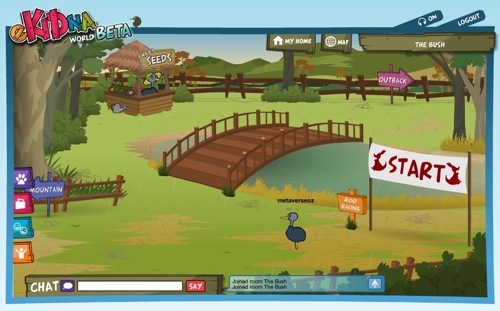
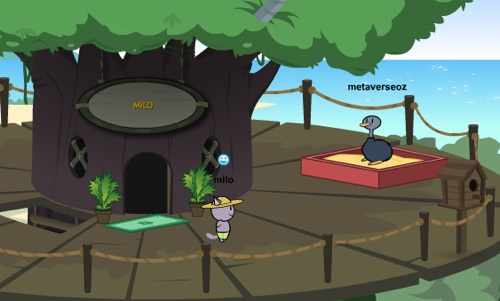
 Karen Orford: It is interesting in that despite the mass far reaching tentacles of the internet the competitors still vary widely from country to country. Club Penguin is the clearly the king of the jungle here in Australia, but in the US it has very serious competition from the likes of Webkinz World, and in the UK European sites such as Habbo have a major grip. However, despite these sites being competitors in that they are online children’s virtual worlds none of them have focused on chat safety in the way ekidnaworld.com
Karen Orford: It is interesting in that despite the mass far reaching tentacles of the internet the competitors still vary widely from country to country. Club Penguin is the clearly the king of the jungle here in Australia, but in the US it has very serious competition from the likes of Webkinz World, and in the UK European sites such as Habbo have a major grip. However, despite these sites being competitors in that they are online children’s virtual worlds none of them have focused on chat safety in the way ekidnaworld.com
Recent Comments